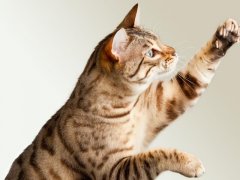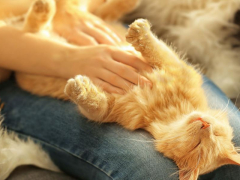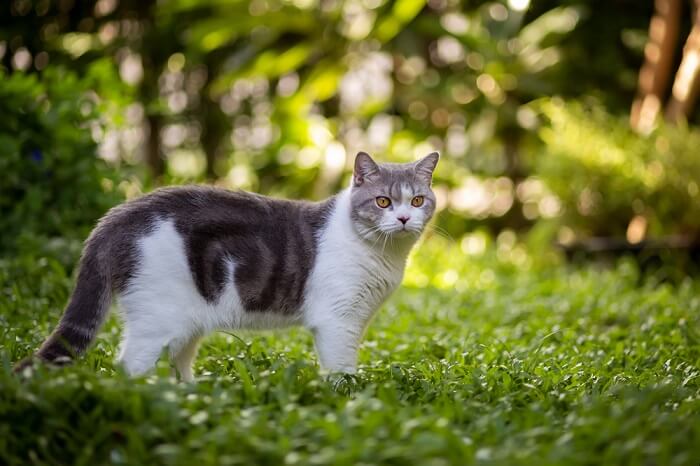
One of the remarkable differences between cats and cat owners is that that our feline friends age at such a different rate from us. While animal tissues look remarkably similar to their human equivalents under the microscope, they get older far more quickly.
Cat kidney cells look just like human kidney cells. And the same applies to most parts of the body.
Yet here’s the paradox: cat bodies get older much more rapidly than human bodies.
The different rate of ageing starts early in life: kittens are helpless at birth, just like human babies, but by the age of four weeks, they are almost fully weaned onto kitten food, and they able to run around.
In contrast, the average human isn’t able to walk till they are a year old, and some take even longer. Kittens are ready to leave their birth families by three months of age: most humans aren’t mature enough to leave home till their late teens.
How Cats Grow
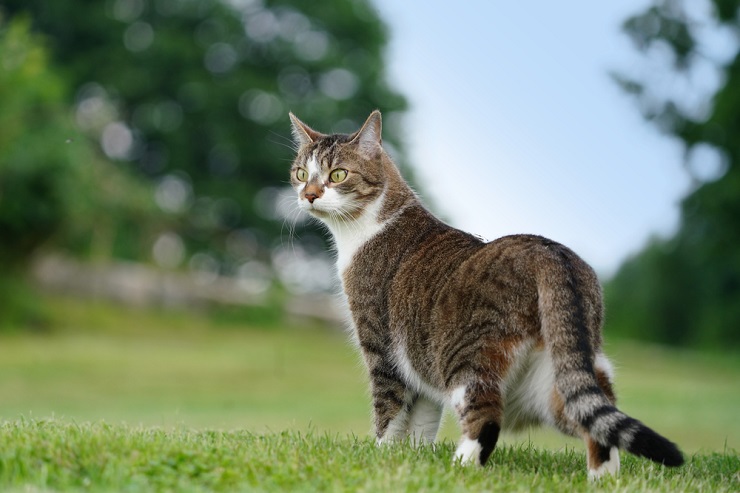
Kittens grow rapidly: typically from around 50 grams (2 ounces) at birth to 1kg (2.2 lbs) by three months of age to over 2kg (4.4 lbs) by six months of age to 4kg (8.8 lbs) by one year of age. However, the rate of a cat’s growth does vary. Most cats are more-or-less fully grown at a year of age, although some cats have a growth rate that’s greater and more prolonged.
Larger cat breeds (like Maine Coons) can continue to grow till, not reaching full size till they are 18 – 24 months old (or even longer in some cases). These large breeds are like the Amazons of the cat world: Maine Coon cats are bigger, stronger and more muscular than cross bred domestic cats ( Domestic Short Hair or Domestic Long Hair types) as well as most other pedigree cats like Siamese, Ragdoll, Bengal, Persian and Sphynx. However, there can be individual large specimens of any breed of cat.
Ageing Rates By Breed
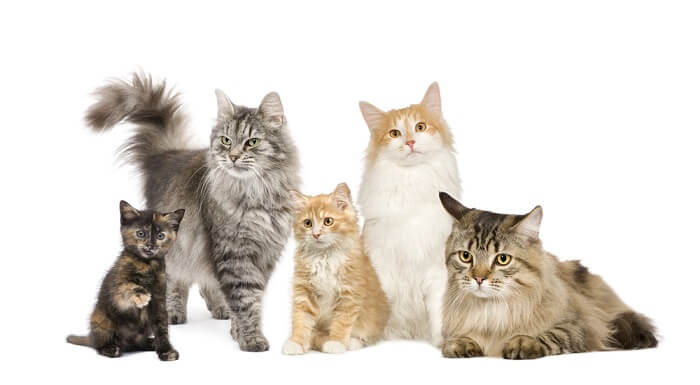
Cats of different breeds and genetic backgrounds will age at different rates as kittens, but once they reach adulthood, all cats are on roughly the same ageing track.
It’s difficult to be specific about the rate at which different breeds of cat grow older, but it is fair to say that the bigger an adult cat is, the longer they will take to reach this size.
Also Read: When Does A Cat Reach Full Size?
Once they are fully grown, different breeds of cat age at around the same rate, according to the following broad life stages.
1. 0 – 6 Months: Kitten
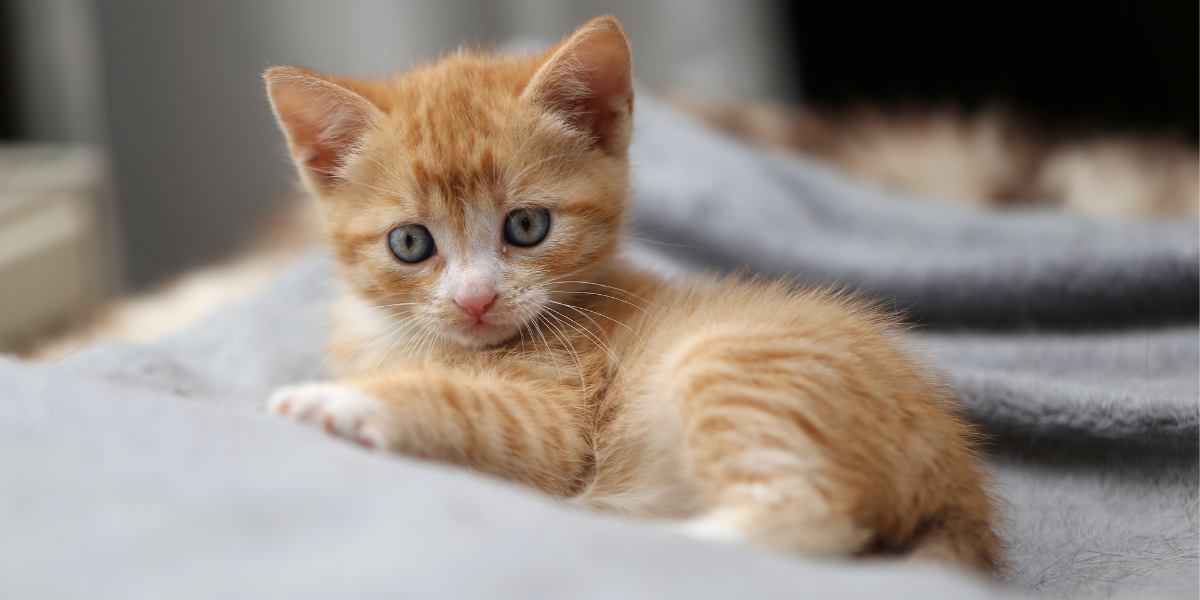
This is a stage of rapid growth, leading up to sexual maturity and the ability to breed. During this time, a kitten’s fluff changes to the coarser hair coat of an adult cat.
Neutering of female cats (spaying) and male cats (neutering or castration) is usually carried out towards the end of this stage. The spay and neuter operations are often done when a cat reaches five to six months of age, depending on an individual veterinarian’s policy.
Also Read: How To Take Care Of A Kitten: The Complete Guide
2. 7 Months – 2 Years: Junior
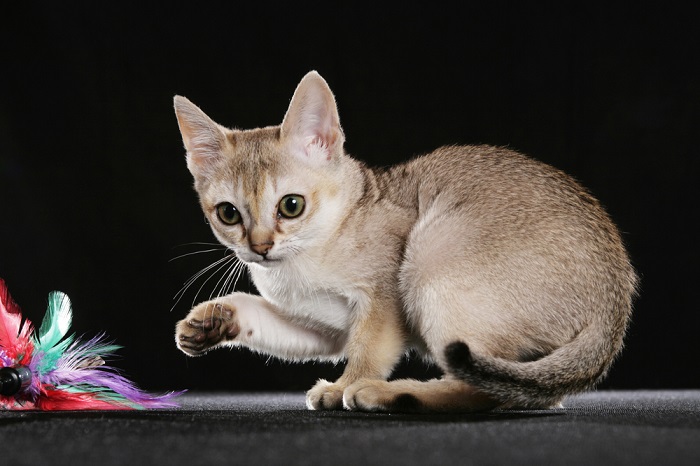
This is the final stage of physical growth for most cats, both physically and mentally, with cats moving from kitten food to adult cat food as they move from first year of life into adulthood, reaching adult size.
3. 3 – 6 Years: Prime
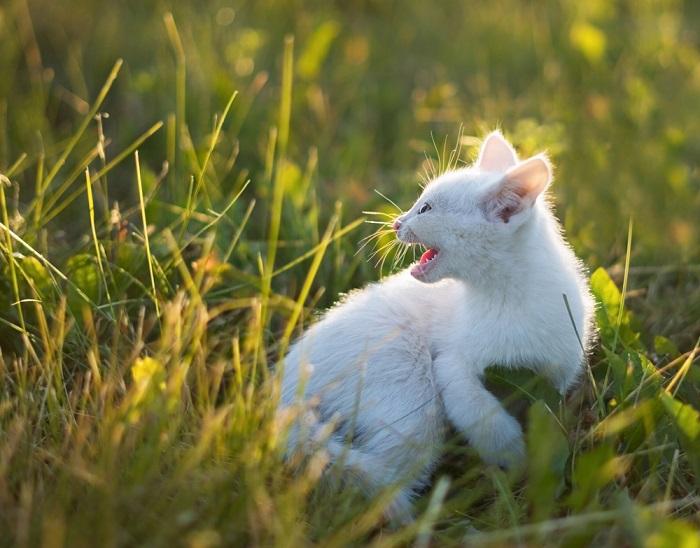
These are the best years of most cats’ lives, when they are fully mature, in top condition, and at the best of their physical and mental capacity.
4. 7 – 10 Years: Mature
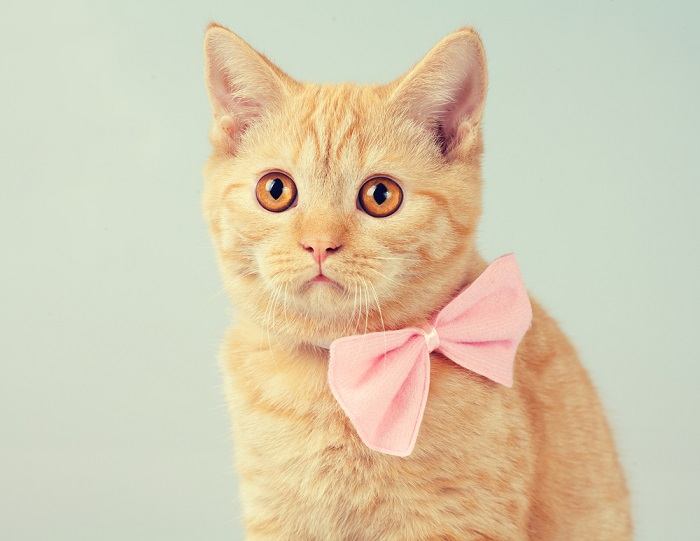
At this stage, cats are middle aged, like a human in their forties or fifties. They are still very active and strong, but marginally less able to keep up than a cat in their prime.
It becomes increasingly important to feed high quality cat food, and to be aware of some health issues (such as weight gain and obesity, that can lead to exacerbation of arthritis, diabetes and heart disease).
5. 11 – 14 Years: Senior
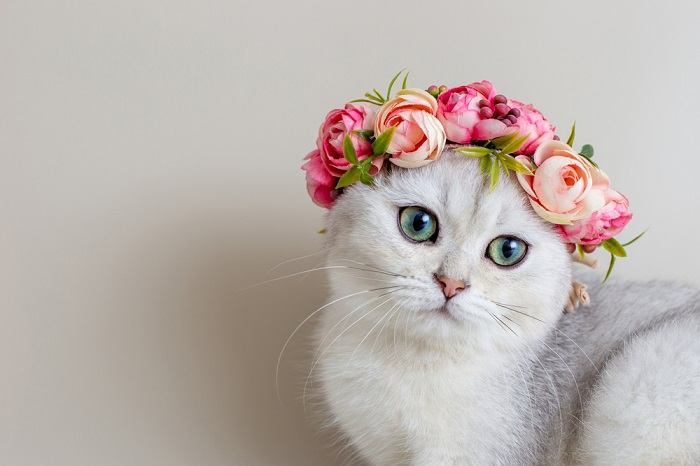
Cats of this age are like humans in their sixties and early seventies: still active and engaged, but beginning to visibly slow down. Again, nutritional needs change, with senior cats needing a more specialised type of diet, with aspects such as a higher quality of protein and enhanced levels of vitamins and anti-oxidants becoming more important.
It’s important to monitor their health carefully, checking their litter box every day for changes in their urination and defaecation habits, and visiting the vet at least twice yearly for physical check ups.
Read More: Best Cat Food For Seniors
6. 15 Years And Over: Super Senior Or Geriatric
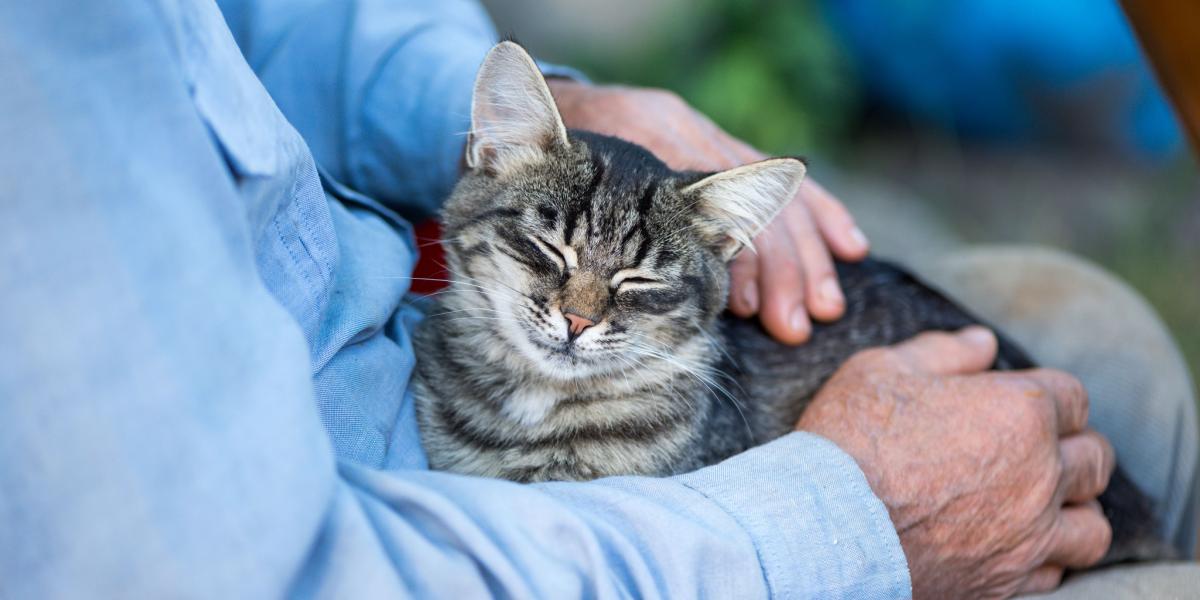
Many cats do not reach this age, but those that do deserve extra care to help them as their body and mind begins to slow down, similar to humans in their eighties, nineties and beyond. Cats can live to be over twenty years of age, but this is rare. Again, regular veterinary checks are an important part of optimizing health at these advanced ages.
How To Tell How Old A Cat Is
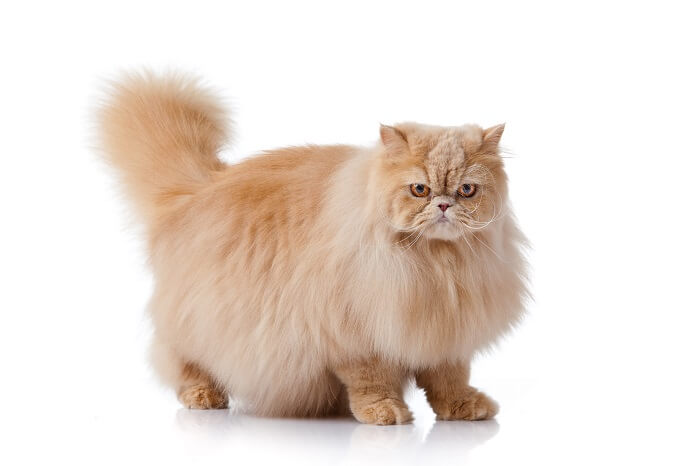
Can you guess how old this cat is? Several visual cues can help you to estimate, or really, guesstimate, a cat’s age.
There is little pure science when it comes to telling how old a cat is: it’s usually a “guesstimate” based on a combination of factors.
- Teeth – A kitten has deciduous teeth (baby teeth), just like human children, but these have usually been replaced by adult teeth by six months of age, and certainly by the one-year mark. After this, cats’ teeth age differently, depending on the cat’s diet and genetics, making it difficult to make definite judgments on a cat’s age just by looking at them. However, along with other aspects of a cat, the condition of the teeth and gums can give some guidance: the older a cat is, the more advanced periodontal disease and tooth loss may become.
- Coat Colour – Just as in humans, older cats tend to develop grey hair, but this is also very variable, and in light coloured (e.g. white) cats, this is obviously not a factor.
- Musculature – As cats age, they tend to lose muscle mass. Elderly cats tend to be thinner, and weaker, compared to cats in their prime.
- Activity – Older cats tend to slow down, spending more time sleeping compared to their youth.
Also Read:
- How Old Is My Cat In Human Years?
- The Complete Guide To Dental Cleaning For Cats
Cats grow, develop and age at a very different rate to humans, and there is a significant difference between some breeds. It’s important to be aware of your cat’s age group, as they have different needs during different life stages.

